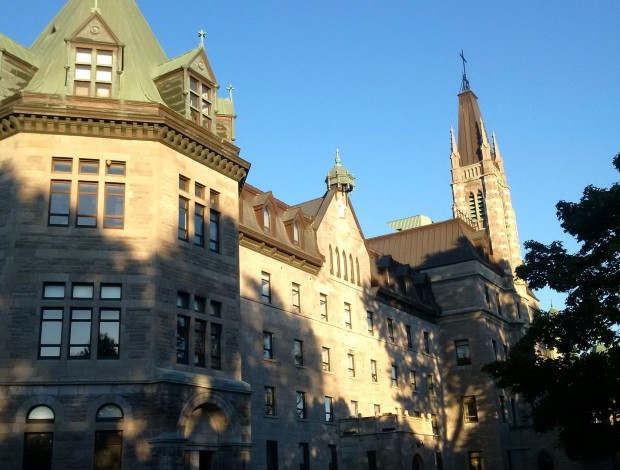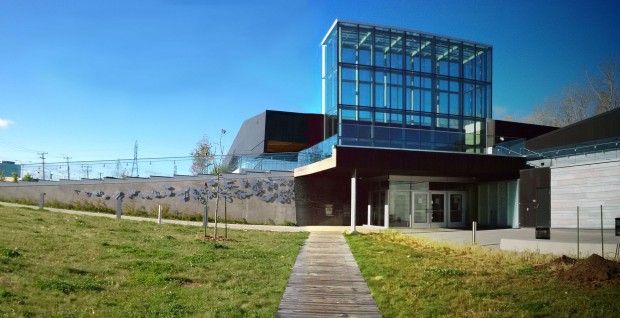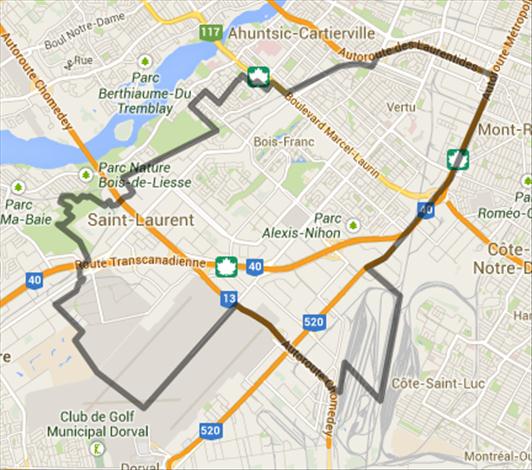Discover… Saint-Laurent

Located at the north of the island of Montreal, the neighbourhood of Saint Laurent is surrounded by TMR, Dorval, Lachine and Cartierville. Saint Laurent stands out due to its industrial park, the second largest in Quebec, which consists of many companies working in the pharmaceutical and aeronautical sectors.
Much like Montreal itself, the area is multiethnic. Only 36% of its inhabitants speak French at home and only 27% speak English at home. The area has strong Lebanese, Jewish, Chinese, Greek and Italian populations. Highways 40, 520, 15 and 13 go through Saint Laurent, and the area also benefits from two metro stations and many bus lines. Industrial, yes, but also residential, Saint-Laurent has many condos and houses. The area will be of interest to young people and families who wish to live in an area where other neighbourhoods and towns are easily accessible thanks to the many main arteries close by. Since Saint Laurent is not located in the heart of Montreal, prices are more moderate than elsewhere.
Saint Laurent developed mostly after WWII. An independent town, it became part of Montreal in 2002 (thus the name “Ville Saint Laurent” no longer applies). Today, the neighbourhood has more than 93,000 inhabitants.

Features and attractions:
- Du College and Cote Vertu subway stations
- Stations of the Montreal/Deux Montagnes commuter train line: Montpellier, Du Ruisseau, and Du Bois Franc.
- The Musee des Maitres et Artisans du Quebec, a museum dedicated to the arts and artisanal traditions
- Cegep Saint Laurent, a francophone institution
- Cegep Vanier, an anglophone institution
Discover new condo projects in Saint-Laurent here.
Discover new houses in Saint-Laurent here.

See the boundaries of Saint-Laurent in Google Maps.

Stock images: Shutterstock
Related articles
Most popular articles